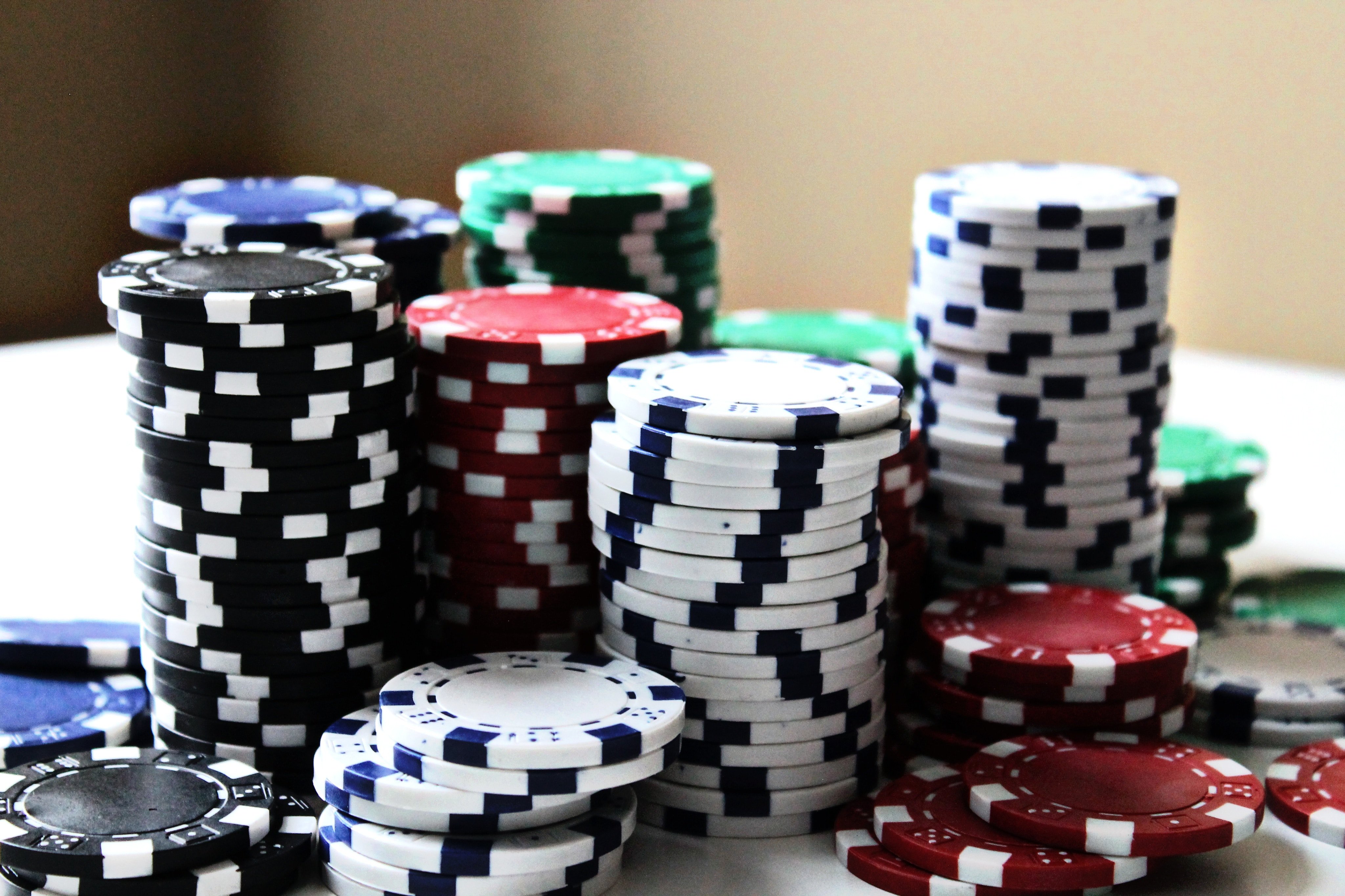The ancestors of the modern casino token were the counters used to keep score in the card games Ombre and Quadrille. In 1752, French Quadrille sets contained a number of different counters, known as jetons, fiches and mils. Unlike modern poker chips, they were colored differently only to determine player ownership for purposes of settling payments at the end of the game, with different denominations differentiated by different shapes that each counter type had.
iIn the early history of Poker during the 19th century, as “players seemed to use any small valuable object imaginable. Early poker players sometimes used jagged gold pieces, gold nuggets, gold dust, or coins as well chps” primarily made of ivory, bone, wood, paper, and a composition made from clay and shellac. Several companies between the 1880s and the late 1930s made clay composition poker chips. There were over 1000 designs from which to choose. Most chips were white, red, blue, and yellow, but they could be made in almost any color desired.
Construction

The vast majority of authentic casino chips are “clay” chips but can be more accurately described as compression molded chips. Contrary to popular belief, no gaming chip going as far back as the 1950s has been 100% clay. Modern clay chips are a composition of materials more durable than clay alone. At least some percentage of the chips is of an earthen material such as sand, chalk, and clay similar to that found in cat litter. The process used to make these chips is a trade secret, and varies slightly by manufacturer, most being relatively expensive and time-consuming per chip. The edge spots, or inserts, are not painted on; to achieve this effect, this area of the clay is removed and then replaced with clay of a different color; this can be done to each chip individually or a strip can be taken out of a cylindrical block of material and replaced with the alternate color before the block is cut into chips. Then each chip receives a mid-inlay if desired, and is placed in a special mold that heats and compresses the chip at approximately hence the term compression molded chips.
The printed graphics on clay chips is called an inlay. Inlays are typically made of paper and are then clad with a plastic film applied to the chip prior to the compression molding process. During the molding process the inlay becomes permanently fastened to the chip and can not be removed from the chip without destroying the inlay.
Ceramic chips were introduced in the mid as alternative to clay chips, and are also used in casinos, as well as being readily available to the home market. The ability to print lettering and graphics on the entire surface of the chip, instead of just the inlay, made them popular. Ceramic chips are sometimes also referred to as clay or clay composite, but they are in fact an injection-molded chip made with a special plastic or resin formula that approximates the feel and sound of ceramic or porcelain. There are less expensive chips for the home market, made from various forms of plastic and plastic covered metal slugs as well.
